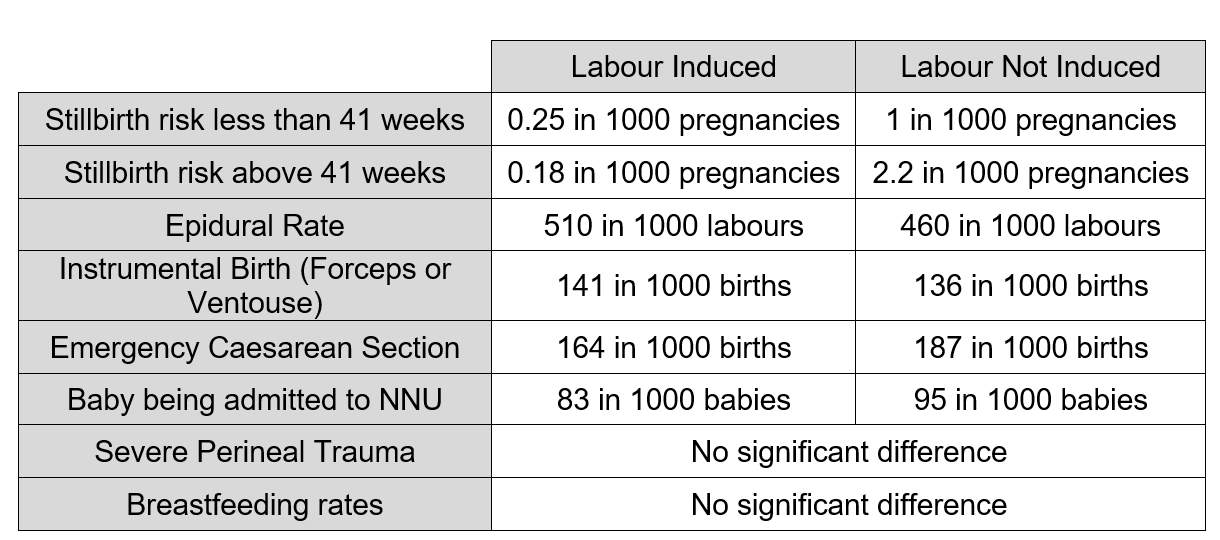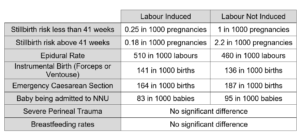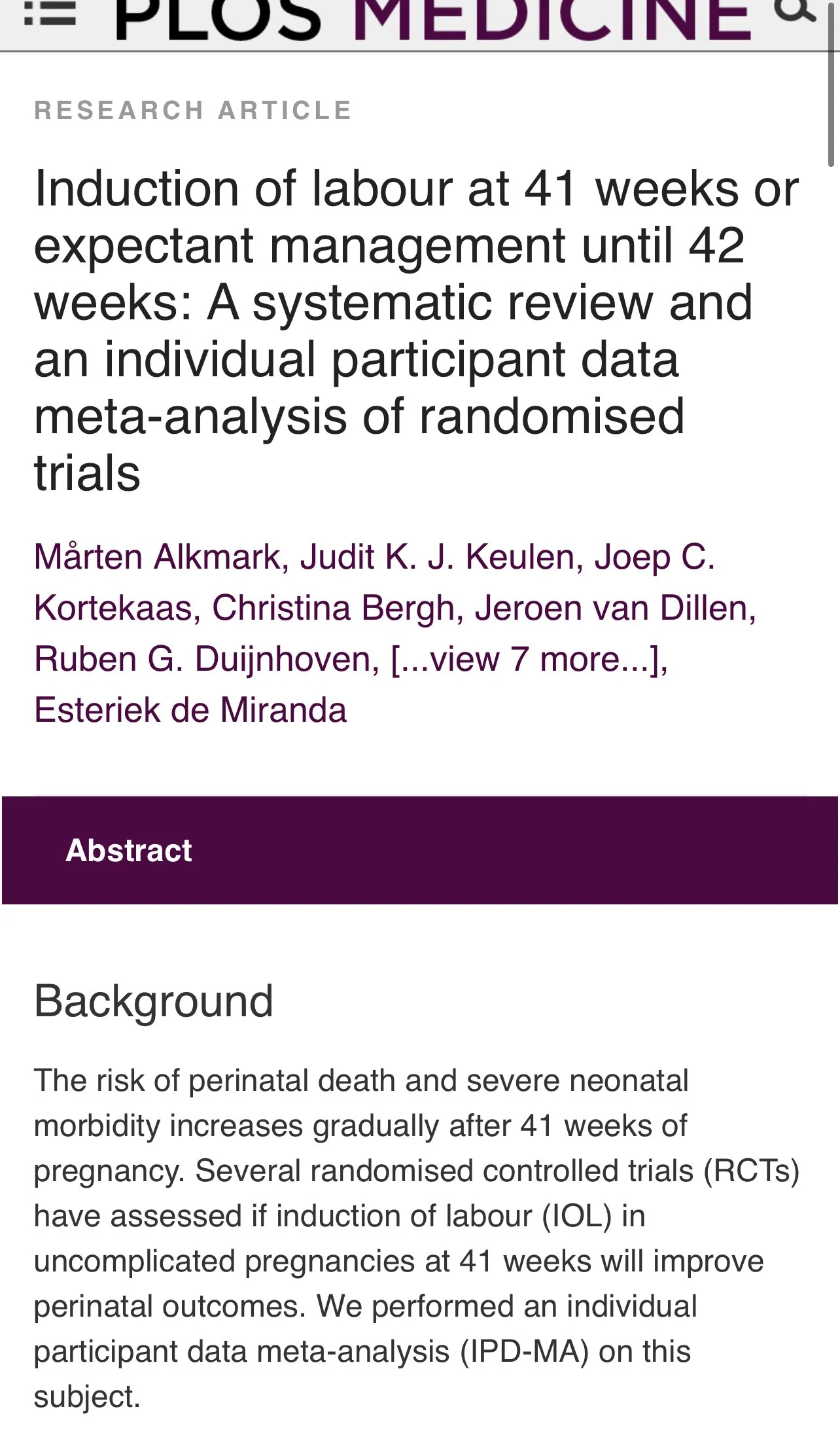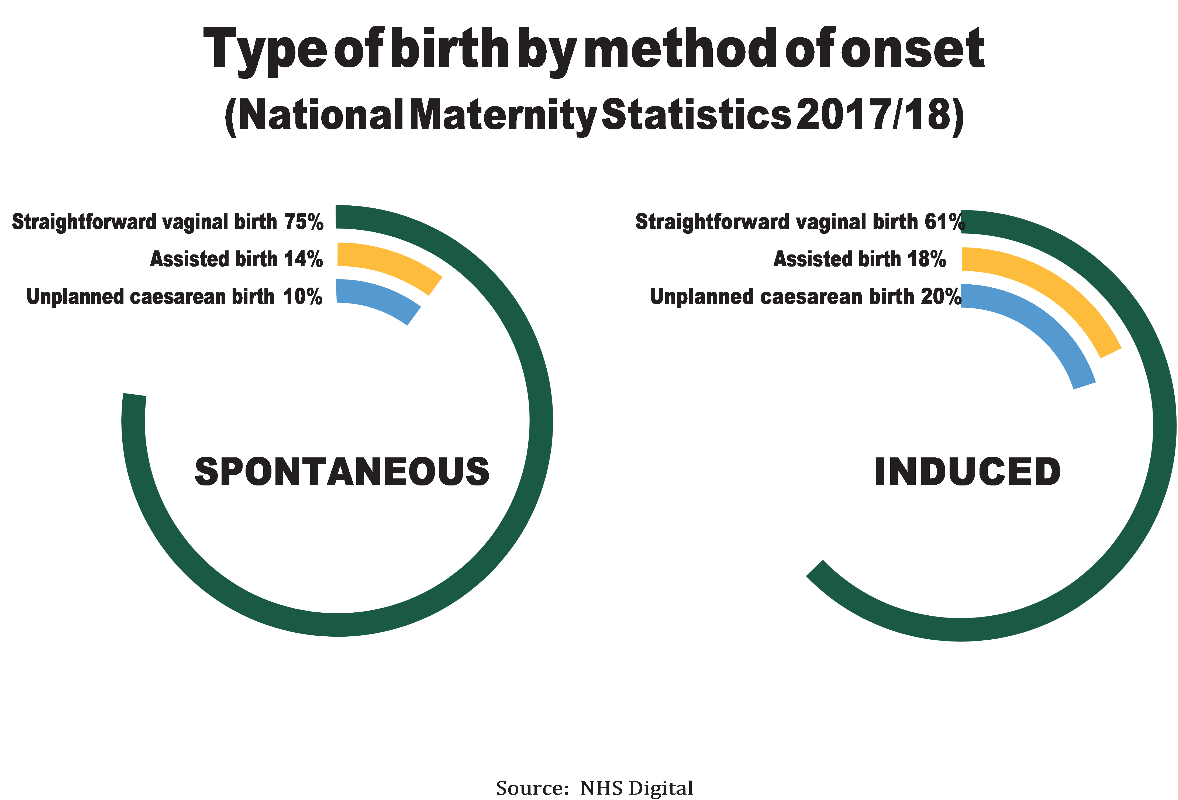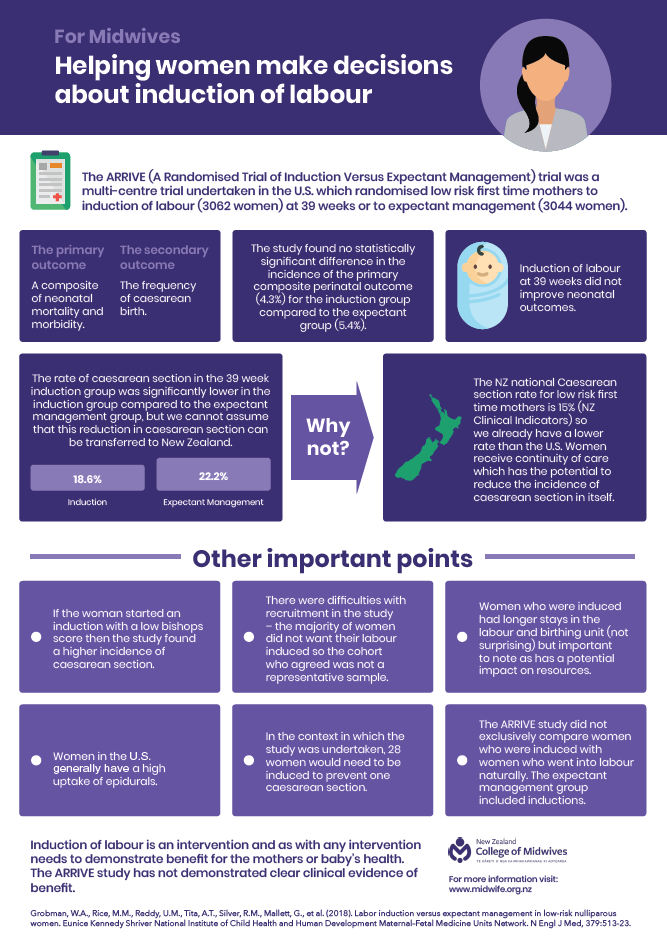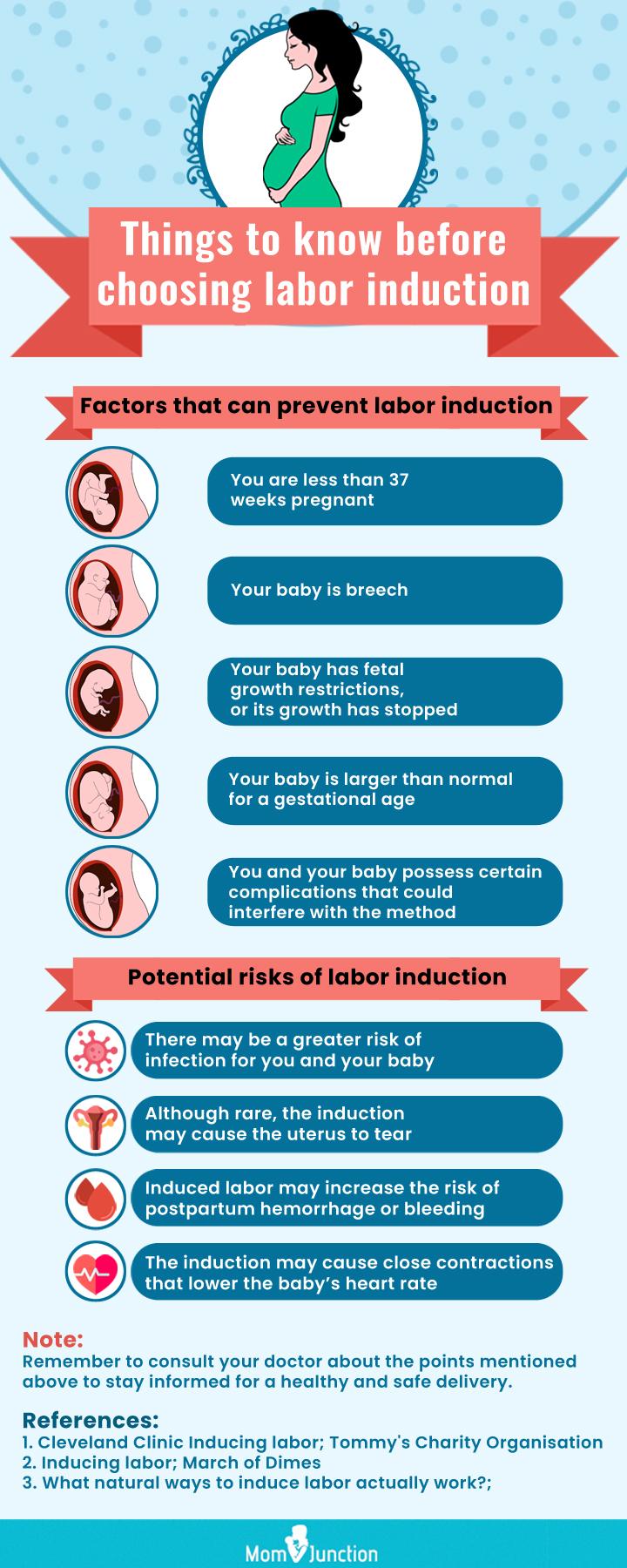
Induction of labour at 41 weeks versus expectant management and induction of labour at 42 weeks (SWEdish Post-term Induction Study, SWEPIS): multicentre, open label, randomised, superiority trial | The BMJ

Inducing Labor Past 39 Weeks Does Not Increase Your Chances of Having a C- Section – Expecting Science

Induction of labour at 41 weeks versus expectant management until 42 weeks (INDEX): multicentre, randomised non-inferiority trial | The BMJ

PDF) Comparison of Vaginal Birth Rate between Induction of Labour and Expectant Management at 40 Weeks in Women with a Previous Caesarean Section: A Pilot Randomized Controlled Trial

Lower cesarean delivery rates among eIOL as compared to EM. Expectant... | Download Scientific Diagram

